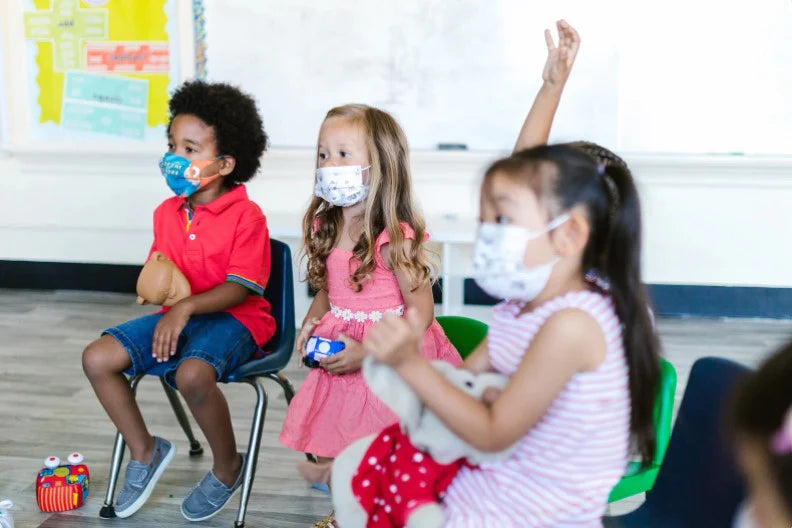Winter solstice occurs on December 21st this year and heralds the official start of the winter season. Although it’s the “shortest” day of the year, it’s often celebrated as a hopeful occasion because each following day grows longer with a bit more sunshine than the last. Being an astronomical event, it’s a great day to engage in a few science-based winter activities your child can learn a lot from!
- Feed the Animals — Teach your child a bit about the migration and hibernation many animals do during the winter months. Check out your local library and grab a few simple stories on the topic to make teaching easy. Help out the wildlife that stick around all year by providing them with an easy food source. Simply slather apple slices, pinecones, or even toilet paper rolls in peanut butter, roll them in birdseed, and hang them up in trees or around your backyard with string. Your kids will love observing all the little birds who come to feast!
- Ice Ornaments — This activity brings the concept of freezing and melting to life and can be quite pretty, too! Create natural ice ornaments with a winter theme by going on a walk and collecting items like evergreen leaves, twigs, pinecones, and such. Fill little dishes or a muffin tin with water and add the items that you and your child collected from your walk. Add a loop of yarn or ribbon at the top. Bring your dishes outside on a cold night and, once frozen, pop the ornaments out by pulling on the string at the top. Hang them up on tree branches and let your child check on them periodically to see what happens to them as the weather changes.
- Snowstorm in a Jar — Create a snowstorm from the warmth and comfort of your home with a few ingredients you’re likely to have at home. Fill a mason jar up to ¼ with water and add 1 teaspoon of white paint. Stir and then fill the rest of the jar up with baby oil. Once the water/paint mixture has settled to the bottom, break up an Alka-Seltzer tablet and drop the pieces in. This will create a “snowstorm” effect that will certainly delight your young scientist! This experiment can be repeated with new Alka-Seltzer tablets after each time the water/paint mixture has settled.
- Winter Solstice Stroll — Celebrate the longest day of the year by bundling up and heading out with flashlights for an evening stroll in your neighborhood. Remark at how early, but dark it is. See what kind of wildlife you can observe. Look up at the sky and count the stars. Your child can learn a lot by simply taking a distraction-free walk and observing nature.
- Play (Safely) with Fire — The cold temperatures and short days call for man-made warmth and light. Winter solstice is a great opportunity to learn the science about what makes a fire and to teach about fire safety. Make a bonfire or gather around the fireplace. Let your kids observe the fire. Add a few mugs of hot cocoa or make s'mores for a tastier experience! When you’re all done, show them how to safely put out a fire. It may even be a good time to talk about your family’s fire plan in the event of an emergency.








